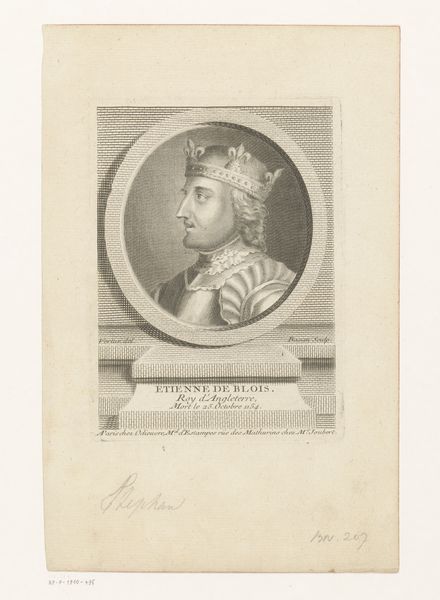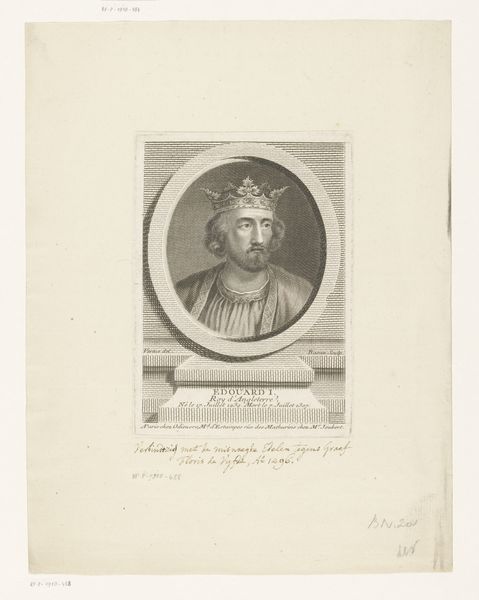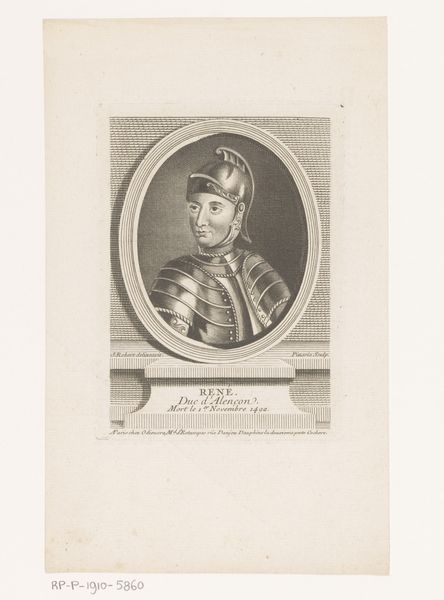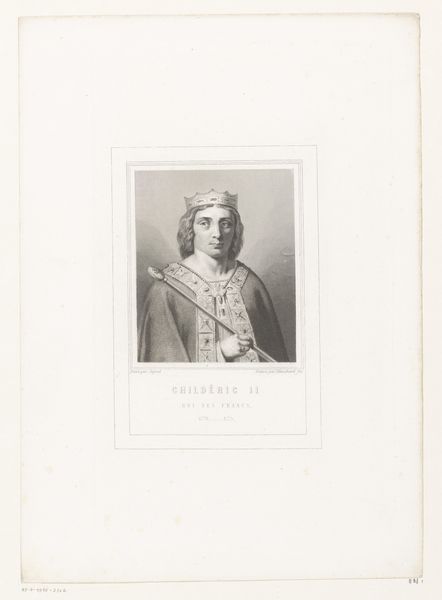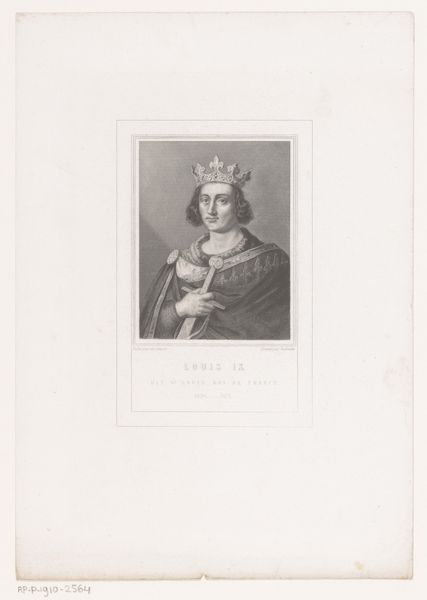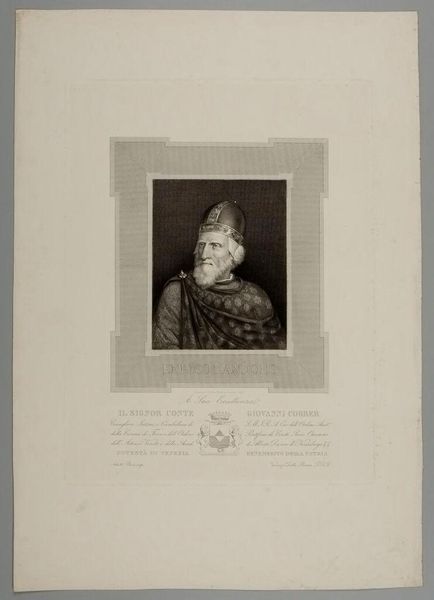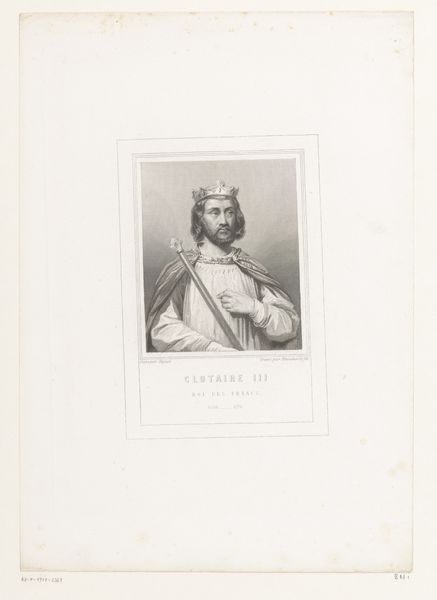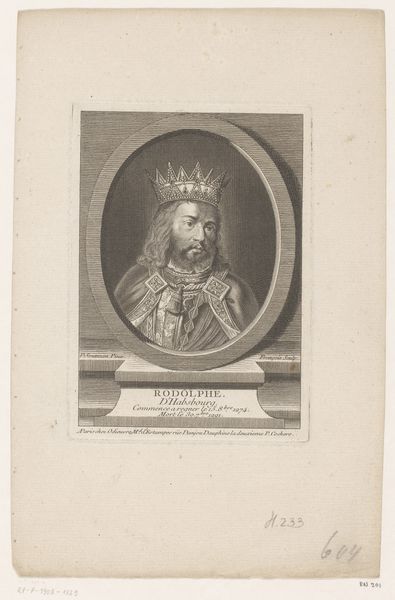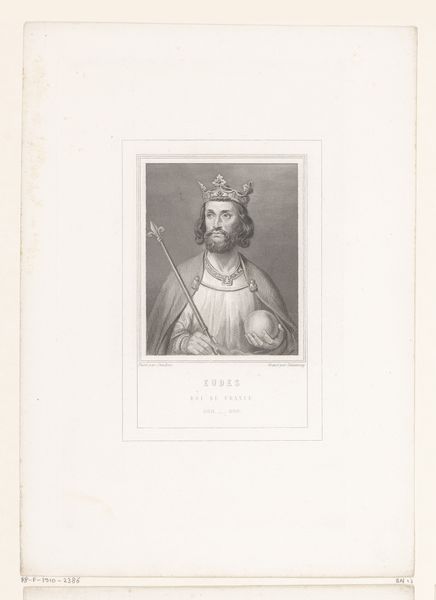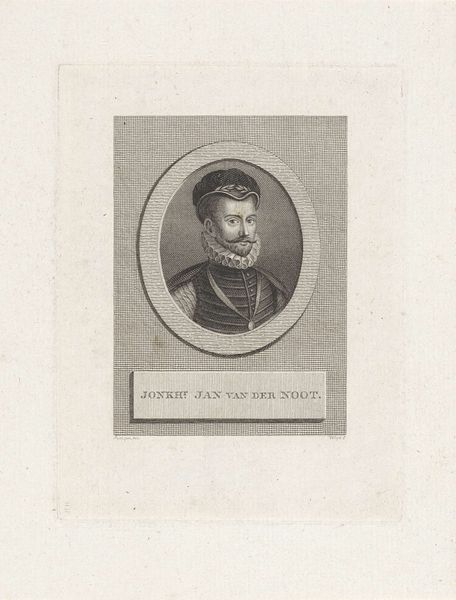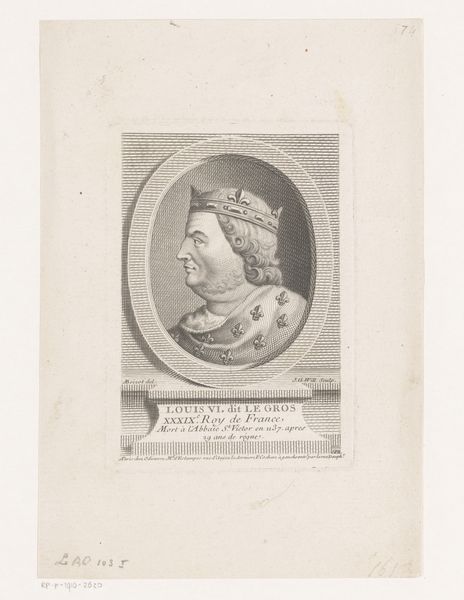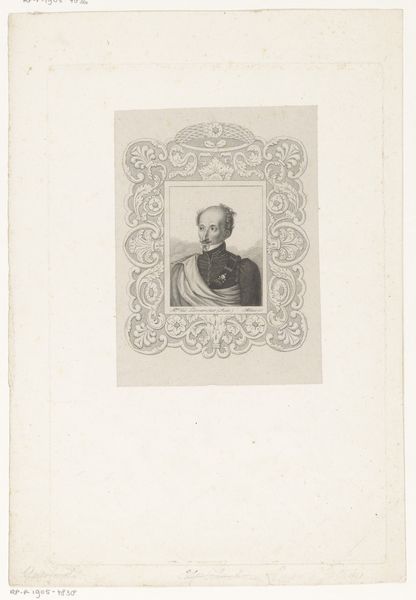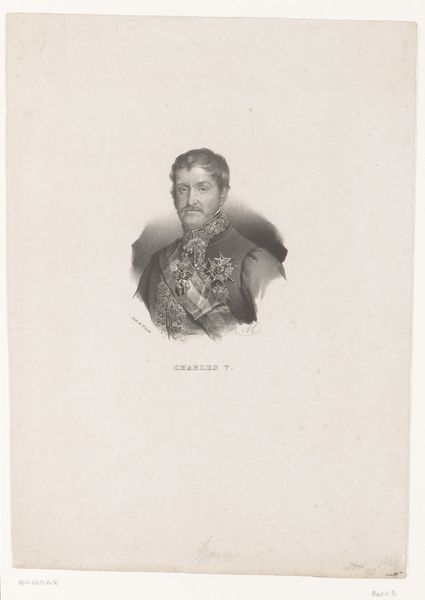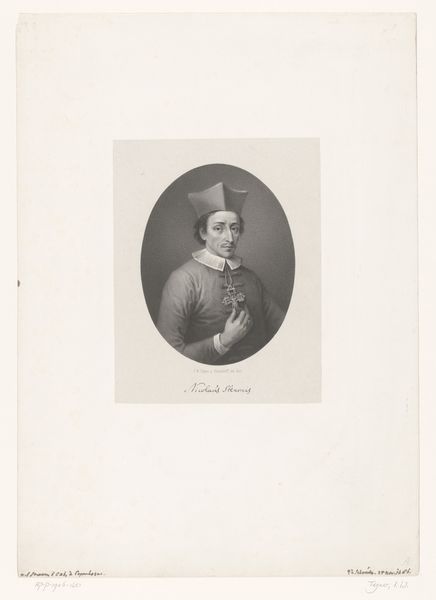
print, engraving
#
portrait
#
baroque
# print
#
history-painting
#
academic-art
#
engraving
Dimensions: height 144 mm, width 108 mm
Copyright: Rijks Museum: Open Domain
Editor: We’re looking at “Portret van Willem II van Engeland,” a print made with engraving by Pierre François Basan, sometime between 1733 and 1756, held at the Rijksmuseum. There's a stoic feel to it, even though it's just a portrait. That intense gaze paired with the fineness of the engraving is really striking. What's your interpretation of it? Curator: What strikes me is how this image captures a historical figure but also transcends its subject, you know? The formal style is what would have been understood as timeless back then. But it is just Basan's vision of what a timeless leader should look like. The technique emphasizes a very smooth, flawless, god-like appearance. Does that resonate with your initial sense of the portrait? Editor: Absolutely, the pursuit of that flawless ideal really comes through! I guess I hadn’t fully thought about how that goal affects what the artwork *is*. Did it matter if people saw him in this flawless state or just *believed* in it? Curator: Exactly! The image then becomes a powerful tool, like a visual propaganda if you will, creating a certain impression of the king, which, by the way, this king died fairly young and under mysterious circumstances while hunting in the New Forest. One wonders if such portraits as this were meant to bolster a somewhat suspect monarch. Editor: That’s fascinating, reframing it as propaganda changes my perspective entirely. I came in seeing it as a standard portrait, but now, I'm considering what that "standard" was designed to *do*. Curator: Precisely! And those standards are so fascinating to examine, as propaganda is still trying to set some. That's the exciting bit of art history: unearthing the hidden agenda beneath what appears to be straightforward or "neutral".
Comments
No comments
Be the first to comment and join the conversation on the ultimate creative platform.
